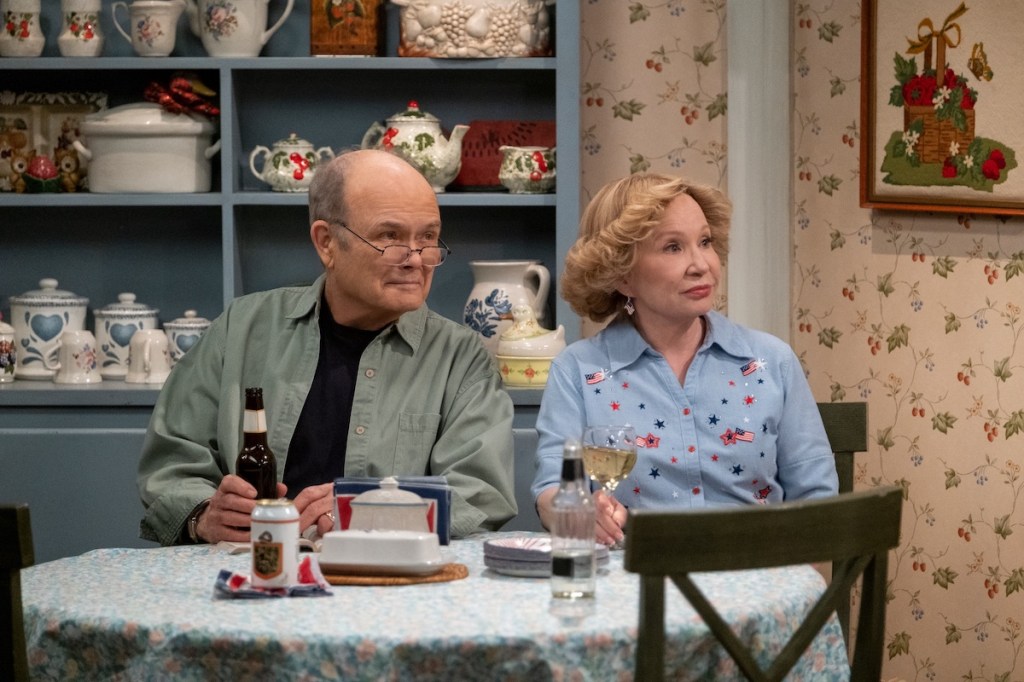That ‘90s Show sees a new generation of teenagers, some of them the children of That ‘70s Show’s original group, spend their summer hanging out in the basement of Red and Kitty Foreman. Like with any sequel to a popular sitcom of yore, there are those who are only watching to see what their favorite characters are up to 15 years later. However,…

This is just an article test. #1









